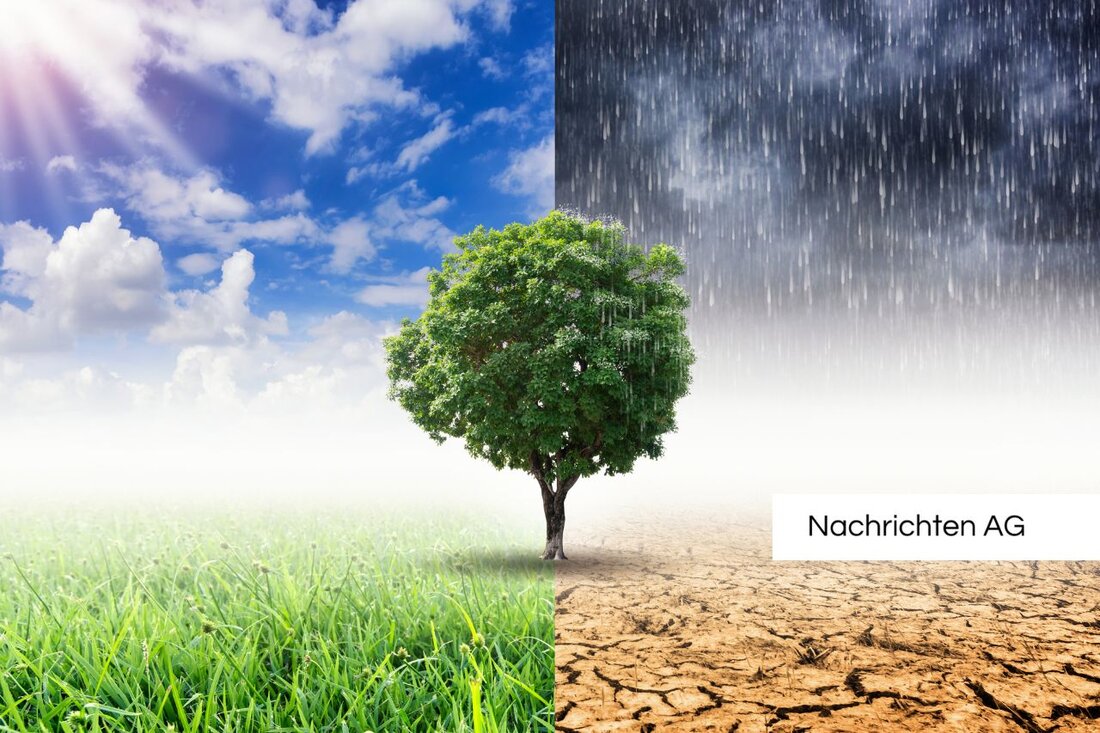Grass cutting and care: Flood protection for the upper reaches of the Elbe improved!
The Saxony State Dam Administration is starting measures to mow grass and maintain trees in Meißen in order to improve flood protection.

Grass cutting and care: Flood protection for the upper reaches of the Elbe improved!
The Meißen district is currently working hard to increase flood safety. The Saxony State Dam Administration has undertaken extensive work on grass mowing and tree care on several rivers in the Upper Elbe, such as: diesachsen.de reports. With a financial outlay of around 300,000 euros, the drainage capacities of the water bodies are to be improved in order to act safely and minimize the risks for residents and the surrounding area.
The measures have been running since the end of September and will last until the end of February next year. This time window was deliberately chosen in order not to disturb the birds' breeding season and to maintain the ecological balance. The planned work includes the maintenance of the Triebisch from the city defense to the mouth of the Elbe from September to November as well as the measures in Meißen and Munzig from December to February 2026.
Important flood protection
Intact floodplains are the key to flood protection. But in Germany this is a rare commodity. Loud duh.de Only 9% of the floodplains are intact. Large rivers such as the Rhine, Elbe, Danube and Oder are particularly affected, where over 80% of the original floodplains have been separated from the river. These straightening and diking have not only impaired the water supply to the habitats, but also reduced biodiversity in the affected regions.
The challenges are further fueled by climate change: Severe droughts and periods of heavy rain are increasing, which puts a severe strain on the landscape's water balance. Only 1% of the hardwood riparian forests remain, and the flooded riparian meadows that serve as important spawning habitats are often dry. In order to counteract this, targeted renaturation measures are necessary, such as those sought in a concept to improve flood protection in the Plötzkauer floodplain forest in Saxony-Anhalt.
A strong concept for the future
The landscape water balance is crucial for the interaction between climate, biodiversity and human needs. This includes the natural distribution and storage of water in soils, water bodies and the atmosphere. The Federal Environment Agency Only 9% of the rivers and lakes in Germany have a good ecological status, which falls far short of the goals of the European Water Framework Directive.
In order to master the challenges of climate change, various options for action are necessary: from the renaturation of rivers and the return to natural structures to the adaptation of agriculture to increase the water storage capacity of the soil. The vision is a sponge landscape that effectively absorbs, stores and slowly releases water to not only control floods but also buffer dry periods.
The measures in Meißen are therefore an important step in the right direction. The fact that a good hand is shown here could not only benefit the residents, but also the entire region. Efforts to protect against flooding and enhance natural habitats can turn out to be worth their weight in gold.

 Suche
Suche
 Mein Konto
Mein Konto